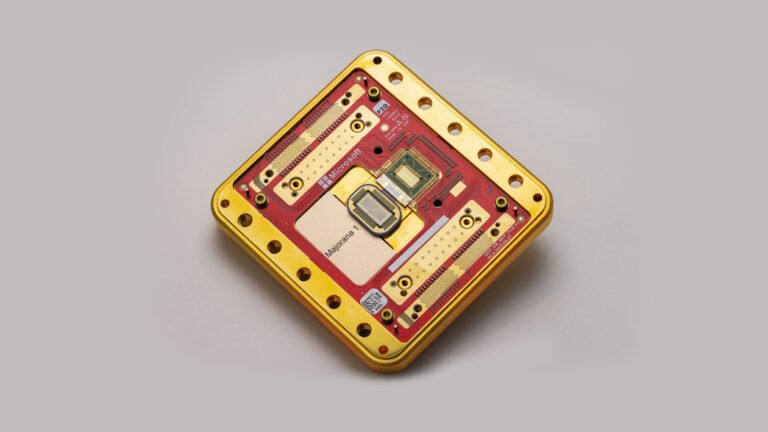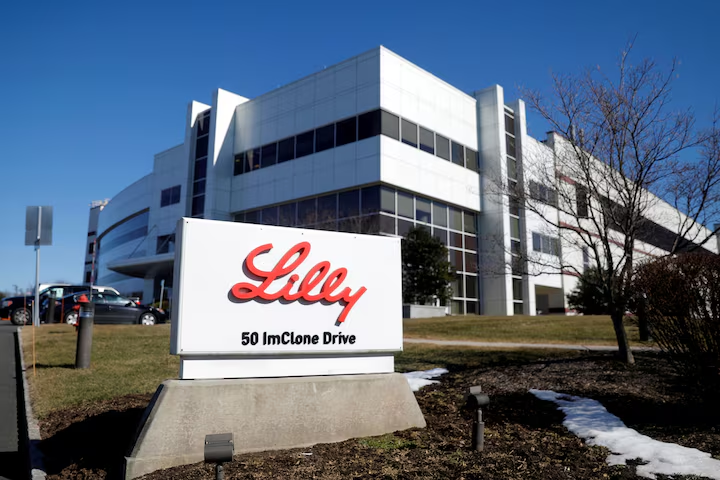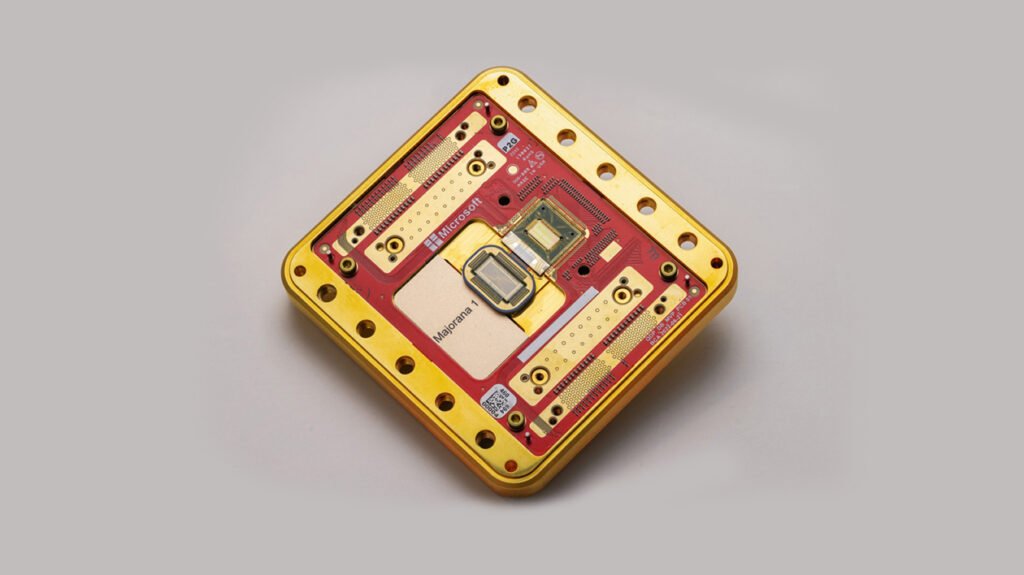The future of medicine is rapidly taking shape. At its core lies the transformative power of Artificial Intelligence (AI). This new era promises to revolutionize how illnesses are diagnosed. Imagine AI tools capable of processing complex medical data with unprecedented accuracy. They could potentially offer insights that enhance human diagnostic capabilities. This exciting future sparks immense global interest. Searches for “AI doctor diagnosis 2025” average over 680,000 per month. Tech giant Microsoft is leading this charge, pushing the boundaries of what’s possible. Their groundbreaking work points to a new era of precision medicine. This will significantly reduce diagnostic errors. Such breakthroughs, particularly in Microsoft AI Doctor Diagnosis, could revolutionize patient care.
The Rise of Microsoft AI Doctor Diagnosis with MAI-DxO
Microsoft stands at the forefront of AI development in healthcare. They have unveiled a significant breakthrough: the Microsoft AI Diagnostic Orchestrator (MAI-DxO). This LLM-powered diagnostic orchestrator has achieved remarkable results in clinical trials. It demonstrated an impressive 85.5% accuracy in analyzing complex cases. This performance far surpasses the average 20% accuracy achieved by human physicians in the same demanding scenarios from the New England Journal of Medicine. MAI-DxO’s success lies in its unique “chain-of-debate” model. Here, multiple AI agents generate, debate, and refine diagnostic hypotheses. This approach mimics the collaborative reasoning of expert medical teams.
This pivotal development is part of Microsoft’s larger vision. They aim to achieve “Medical Superintelligence.” This concept involves sophisticated AI systems that reason and orchestrate diverse medical data. They process patient records, lab results, and genomic information. Microsoft’s research highlights the potential for Microsoft AI Doctor Diagnosis to act as a powerful co-pilot for healthcare professionals. This will empower them with advanced analytical capabilities.
Enhancing Diagnostic Accuracy and Efficiency
Diagnostic errors pose a serious global health challenge. In the United States alone, they affect over 12 million Americans annually. These errors lead to significant patient harm. They also incur substantial healthcare costs. The promise of Microsoft AI Doctor Diagnosis is compelling. MAI-DxO’s ability to identify subtle patterns is crucial. These patterns might be missed by human observers due to cognitive biases or information overload.
Beyond accuracy, Microsoft’s MAI-DxO also demonstrated cost-effectiveness. It achieved diagnoses at a 20% lower cost on average. This efficiency comes from optimized test ordering. The AI avoids unnecessary procedures. By providing a highly accurate and cost-efficient second opinion, AI tools can serve as transformative diagnostic aids. They help physicians consider a broader range of conditions. This leads to more precise and timely diagnoses. Such tools could particularly benefit areas with limited access to specialized medical expertise.
Ethical Considerations for Microsoft AI Doctor Diagnosis
Despite its vast potential, integrating Microsoft AI Doctor Diagnosis into clinical practice raises crucial ethical questions. Microsoft itself acknowledges these challenges. Key concerns include algorithmic bias, transparency, and accountability. Could existing biases in the AI’s training data lead to inaccurate or unfair diagnoses for certain demographic groups? Furthermore, who bears responsibility if an AI tool makes a diagnostic error that results in patient harm?
Regulatory bodies, like the FDA, are rigorously evaluating AI diagnostic tools. They focus on ensuring safety, effectiveness, and transparency. Microsoft emphasizes the “human-in-the-loop” approach. This means doctors must understand how an AI arrives at its conclusions. Clear guidelines for liability and oversight are essential. Navigating these ethical complexities will be vital. It will ensure AI truly serves humanity in healthcare, avoiding unintended consequences.
The Future: Collaboration, Not Replacement
The notion of Microsoft AI Doctor Diagnosis often sparks fears of professional replacement. Will AI eventually render human physicians obsolete? Experts, including those at Microsoft, widely agree that AI tools will likely augment, rather than replace, doctors. AI excels at processing vast data and identifying patterns. However, human doctors offer invaluable qualities. These include empathy, nuanced communication, complex reasoning in unpredictable situations, and the ability to build trust with patients.
Physicians will likely evolve into “AI-assisted diagnosticians.” They will leverage AI tools like MAI-DxO for initial analysis and support. Then, they will use their human expertise to interpret, contextualize, and communicate diagnoses. They will also manage the human element of care. This collaborative model harnesses the strengths of both AI and human intelligence. Ultimately, it optimizes diagnostic precision and patient care. The future points towards a powerful partnership, not a substitution.
Conclusion: The advent of Microsoft AI Doctor Diagnosis, exemplified by MAI-DxO’s impressive performance, marks a transformative frontier in healthcare. Microsoft is actively charting this path towards medical superintelligence. They develop advanced LLM-powered tools and multi-agent systems designed to significantly enhance diagnostic accuracy and efficiency. While challenges regarding regulation, bias, and ethics remain, the potential to reduce misdiagnoses and improve patient outcomes is undeniable. As AI technology continues to advance, these tools will increasingly support medical professionals. This will elevate diagnostic capabilities worldwide. The future of medicine will therefore involve a powerful collaboration. AI will provide analytical power, and human doctors will offer invaluable empathy and nuanced judgment. This partnership promises better outcomes for patients globally.
For more news and updates, please visit PFM Today.













